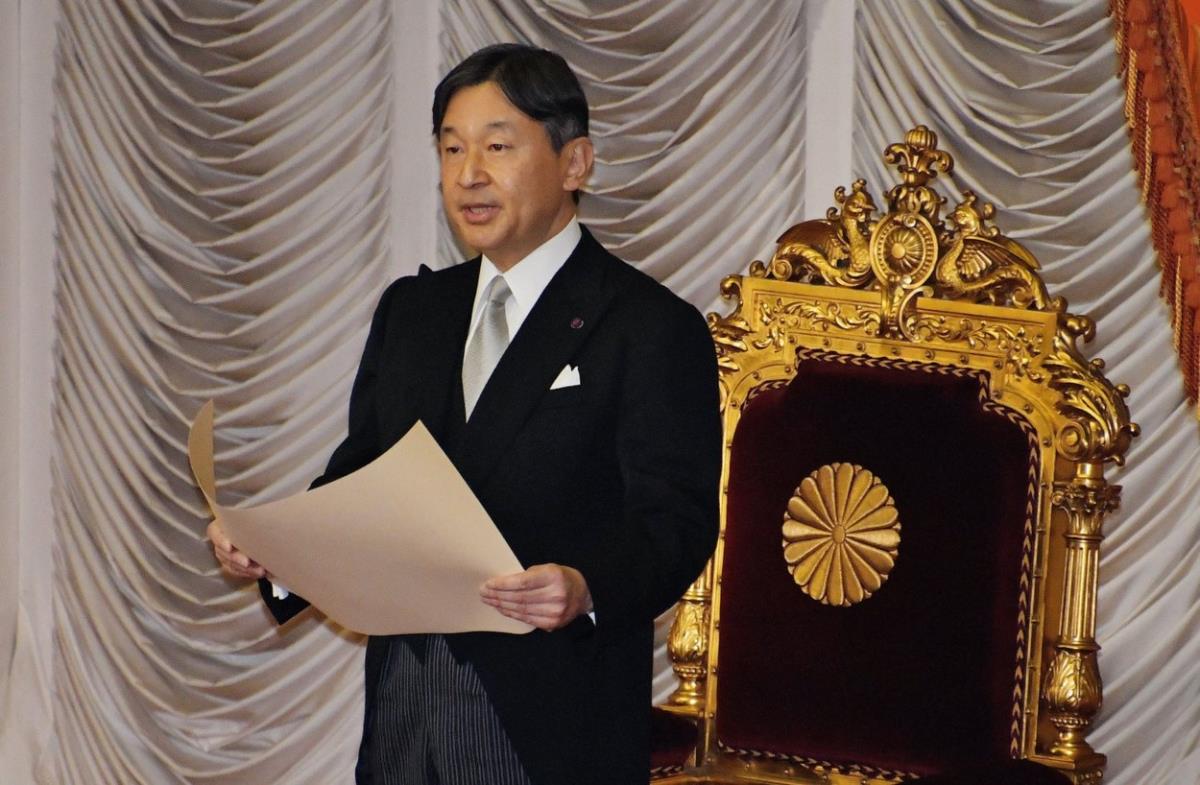Imagine this: Emperor Naruhito of Japan embarked on a week-long visit to Mongolia. But not to enjoy the scenery or sip tea. No, he went there to pay tribute to thousands of Japanese war prisoners who suffered and died under harsh conditions in Mongolia during World War II. Yes, you read that right — Mongolia, that faraway land, was a place where Japanese soldiers, captured in the war, were forced into hard labor, starving and exhausted, while building the Mongolian government headquarters, universities, and theaters in Ulaanbaatar.
This visit marks the 80th anniversary of the end of World War II, and Emperor Naruhito made it clear that part of his effort is to atone for the tragedy of the war, especially since his grandfather, Emperor Hirohito, was the leader of Japan at the time. While most Japanese soldiers were taken to Siberia, about 12,000 to 14,000 were in Mongolia, fighting alongside the Soviets against Japan, and most of these prisoners endured brutal conditions.
The Mongolian conditions were hellish — hunger, hard labor, cold, and almost no regard for human life. Japanese data indicates that about 1,000 prisoners died in Mongolia. Emperor Naruhito said we must not forget the pain and sorrow of the peoples affected by the war, and that it is important to deepen understanding of the war’s past and nurture a heart that loves peace.
This is not the first time Naruhito has shown such dedication — he visited Mongolia before, in 1991, as crown prince. But now, as emperor, his message is louder and clearer than ever. War is not just numbers and dates; it’s human lives often forgotten. Who would have thought the Emperor of Japan would remind the world of one of the darkest and least known sides of World War II? If this opened your eyes or you have a take on it, feel free to drop a comment — maybe together we’ll uncover more dark secrets of history!



















